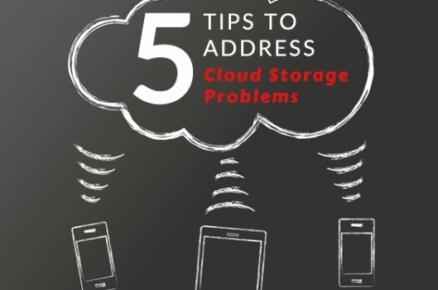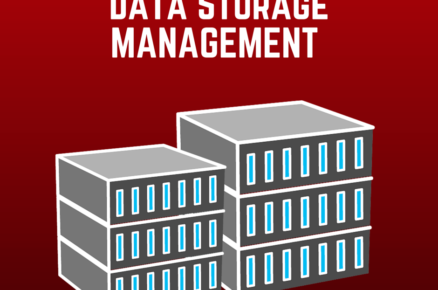Along with all the positives, the Industrial Revolution brought us congested cities, polluted rivers and urban ghettos. The automobile brought smog, road fatalities and a heavy dependence on the oil economy. While some may wish for a return to an idyllic rural pre-industrial lifestyle with horse-drawn transportation, there is no going back.
It’s the same with cloud storage. The cloud is a fact of life in enterprise data storage—whether storage managers like it or not. There is no returning to the old days of vast internal data centers holding row upon row of storage arrays. And yet cloud storage problems abound.
Here are Five Tips To Address cloud Storage Problems
1. Be Prepared
Greg Schulz, an analyst at StorageIO Group, said many of the problems experienced with cloud storage tie back to not having been prepared upfront. For example, areas of unpreparedness might include how to handle security and encryption, or how to manage and leverage various cloud costs including network traffic.
“Don’t be afraid of the cloud, be prepared and do your homework,” he said. “If you can document your concerns, then you can also work to address those concerns, including workarounds as needed.”
2. Define Your Cloud Storage Needs
Another important point is gaining an understanding of the various types of cloud storage options out there. Otherwise, you may end up using cloud storage that doesn’t align with the needs of your applications. Do you need bulk storage for video, image, archiving or a place to park large amounts of data, for example? Other needs might be for file sync and share, cloud storage or a backup or disaster recovery (DR) storage service.
3. Avoid Migration Back and Forth
A major challenge when considering cloud storage is ensuring that the data that is being migrated to the cloud are the correct workloads, as the costs associated with moving data back and forth from the provider back to a local environment can be significant. Such costs could far outweigh the original justification created to move the data to the cloud.
4. Use Consistent Management Tools
It’s all very well to have some data in the cloud and other data on-site. But IT doesn’t want to have to deal with cumbersome processes when it comes to managing that data. Consistency is the key.
5. Start Small
Biggest tip for someone beginning to move to cloud storage is to start small. Pick a small well-defined workload, he said, that lends itself well to public cloud such as offsite backups and migrate that workload first. Measure the results and learn from the experience to see which other workloads would be suitable to migrate.
(Source: http://www.enterprisestorageforum.com/)












